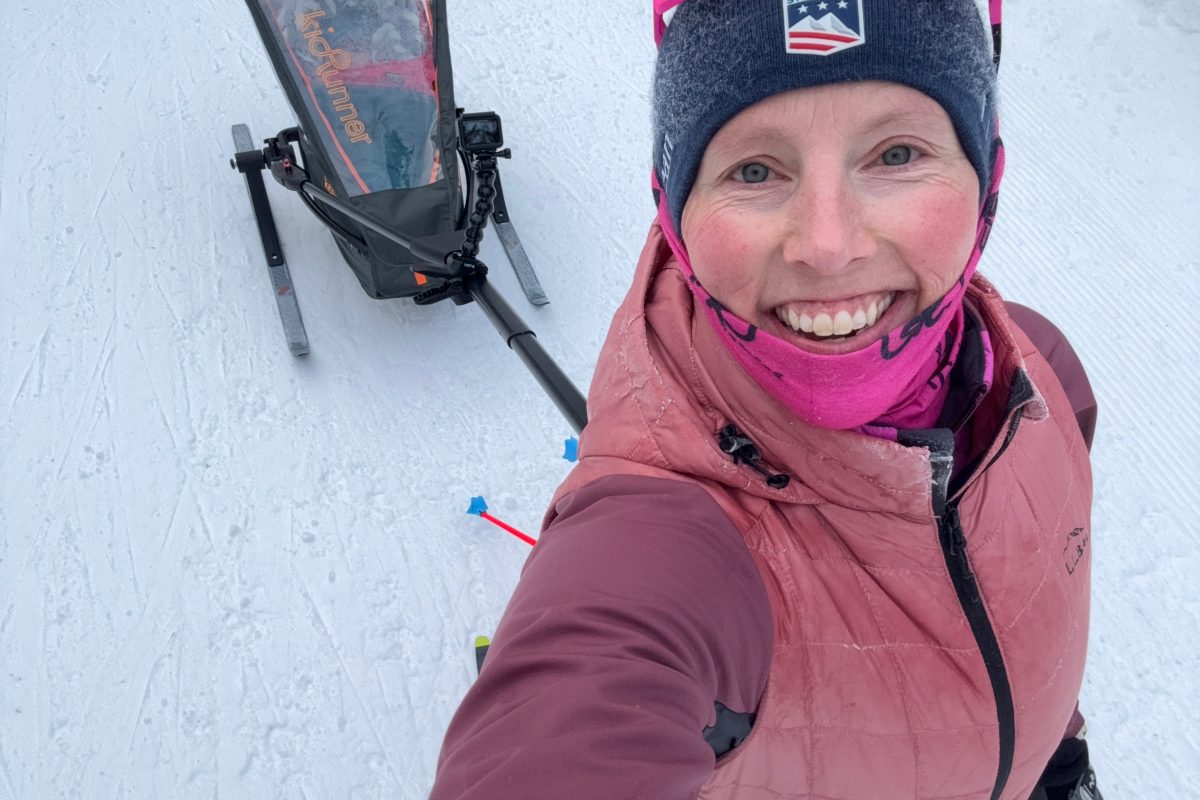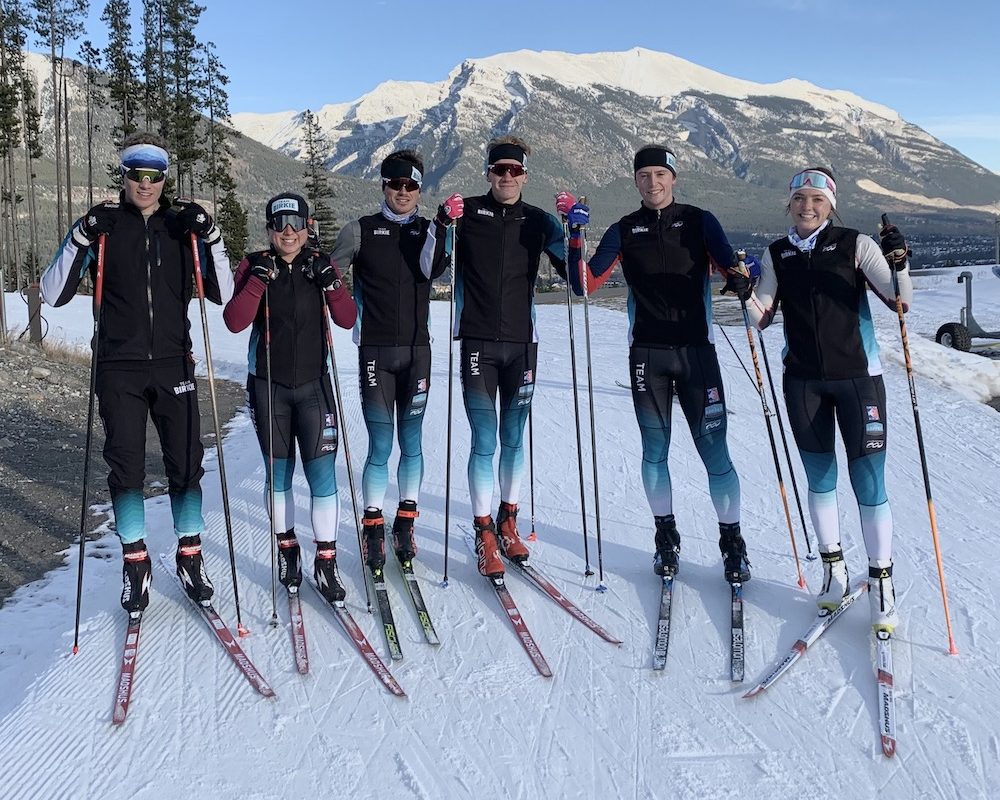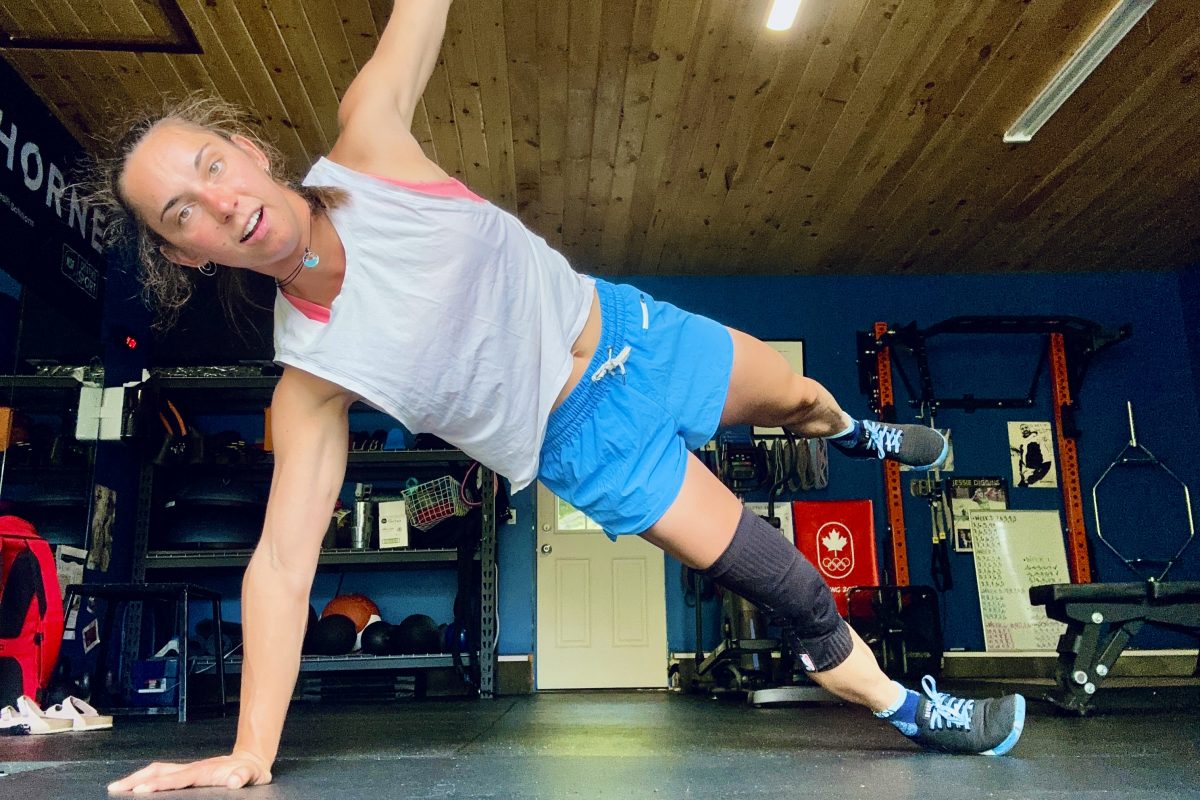Introduction
See the first article
in this mini-series for intentions and goals for these articles.
Depending on how late your ski season is, you may have thought of bringing out
the rollerskis already. If you still have conditions for crust skiing, hold
off on the rollerskis and enjoy the sensation of exploring and improving your
"terrain feel" through skiing on undulating and changing snow surfaces.
It may also behold you to give your specific skiing muscles 1 –2 months
to recharge after end of winter skiing. Regardless of the hyped all-around body
benefits from skiing, you also get weaker in certain muscle groups through the
winter (unless you keep up a vigorous strength program, which is actually discouraged,
if you want to race at your best). Therefore, take a few weeks to "balance"
your body strengths with new or different forms of exercises, not necessarily
specific to skiing.
However, if you want to reach your potential or improve as a ski racer there
is no better way or method than rollerski training in the off-season (unless
you live on a glacier and can ski all year). Although the benefits will depend
on your level of skiing, the following list and paragraphs are applicable to
almost everyone.
Benefits from rollerskiing:
1. Improved specific strength
– Builds specific ski muscles in upper body better than any weight machine
– Builds leg strength when skating without poles
2. Improved balance and ski coordination
– reduces time to get back into normal on-snow training in fall and early winter
(do not need as long of transition time onto snow skiing)
3. Improved technique (in most cases)
– Can work on technique drills all year long
– However, may also work negatively if repeating bad technique all year long
– NOTE: be careful with classic roller skiing. With the guaranteed "kick"
due to the ratcheted wheels, it is very tempting and easy to develop a late
kick ("kicking" late is the fastest way to rollerski classic)
– SUGGESTION: Work with coach or visit summer clinic or camp for instruction

When starting to rollerski, go easy and short the first few times. The more
you feel you can gain from rollerskiing (see above three points), the earlier
in the year you should start. As in most other training methods, it is important
to vary terrain, speed and duration of the sessions. The terrain will determine
your choice of technique (V1, V2 or V2 alternate if skating) – try to
incorporate all in natural places (for example, don’t V1 gentle downhills).
The speed will also determine your technique – practice the "fast-speed"
techniques V2 and V2 alternate. Choose short sessions over long, especially
early in the year, such that your technique and power is always "on"
(as you get tired your technique normally gets worse).
Later in the year, plan also interval, speed and race-pace sessions on rollerskis.
Here is probably where you gain the most as a ski racer, or at least find out
if you’re weak or not ("Intervals don’t lie").

Check www.torbjornsport.com
if you are looking for a personal coach to help you with training planning and
workouts.
John and Torbjorn have decades of racing, training and coaching experience.
We even studied sport and XC skiing in College (who else in the US can brag
about a College degree in XC Coaching)!
We’ll help you get fit, create and reach goals, ski faster and have more
fun. A great selection of rollerskis can be found on the same site.




